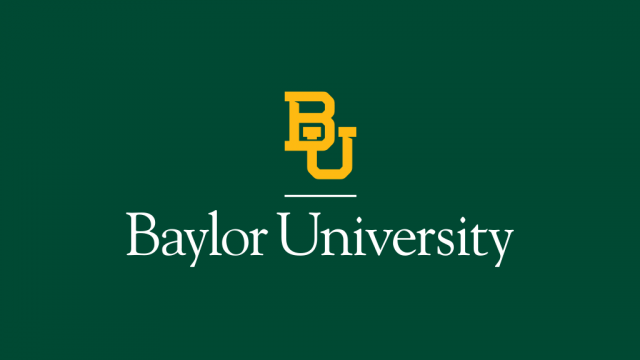Newswise — Ancient mosaics depicting Noah’s ark and the parting of the Red Sea have been discovered by university scholars and students excavating a synagogue in Israel that dates to the fifth century.
They also have uncovered coins spanning 2,300 years, says Nathan Elkins, Ph.D., an assistant professor of art history in Baylor University’s College of Arts & Sciences. He specializes in the study of coins and serves as numismatist at the site in a former village called Huqoq.
“The ancient coins . . . are critical for our knowledge of the monumental synagogue and the associated village,” Elkins, a member of a team of staff and students from Baylor, the University of North Carolina at Chapel Hill, Brigham Young University and the University of Toronto.
The mosaics decorate the floor of a synagogue that dates to the time when the area was ruled by the Roman Empire and when Christianity had become the empire’s official religion. The mosaics show an ark and pairs of animals including elephants, leopards, donkeys, snakes, bears, lions, ostriches, camels, sheep and goats.
The images also portray Pharaoh’s soldiers being swallowed by large fish, surrounded by overturned chariots with horses and chariot drivers.
Excavations have continued in the synagogue every summer since the first mosaics were found in 2012. Since then, mosaics depicting Samson and the foxes (as related in the Bible’s Judges 15:4), Samson carrying the gate of Gaza on his shoulders (Judges 16:3) and a scene containing a Hebrew inscription surrounded by human figures, animals and mythological creatures have been uncovered.
The first non-biblical mosaic found in an ancient synagogue also was discovered at Huqoq, showing the legendary meeting between Alexander the Great and the Jewish high priest.
The mosaics have been removed from the site for conservation, and the excavated areas have been backfilled. Financial support for the 2016 excavations was provided by the National Geographic Society and the Memorial Foundation for Jewish Culture. Excavations are scheduled to continue in the summer of 2017. For information and updates about the site and excavation, visit www.Huqoq.org
*In addition to working with the excavation, Elkins has advocated for protecting ancient coins from looting and smuggling. He recently spoke at the Public Hearing of the Cultural Property Advisory Committee at the U.S. Department of State in Washington, D.C. He urged that the Memoranda of Understanding be renewed to prevent thefts of undocumented ancient coins and antiquities from Greece into the United States.
*By Karyn Simpson, Baylor University student newswriter
ABOUT BAYLOR UNIVERSITY
Baylor University is a private Christian University and a nationally ranked research institution. The University provides a vibrant campus community for more than 16,000 students by blending interdisciplinary research with an international reputation for educational excellence and a faculty commitment to teaching and scholarship. Chartered in 1845 by the Republic of Texas through the efforts of Baptist pioneers, Baylor is the oldest continually operating University in Texas. Located in Waco, Baylor welcomes students from all 50 states and more than 80 countries to study a broad range of degrees among its 12 nationally recognized academic divisions.
